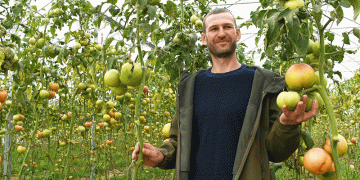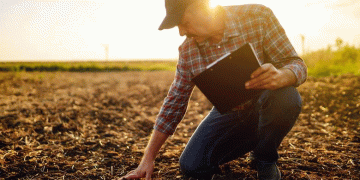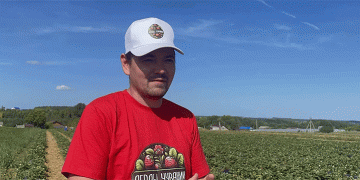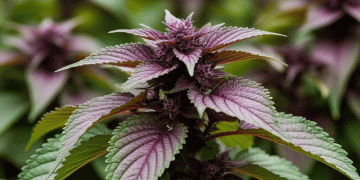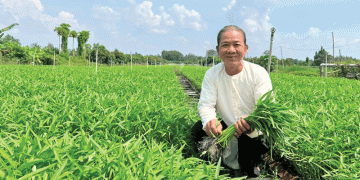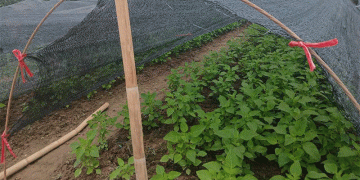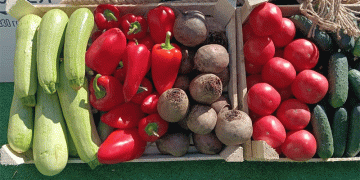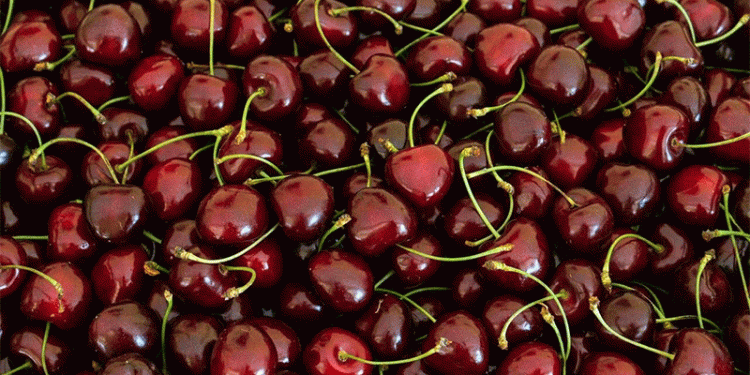While May 2025 brought cooler-than-average temperatures, the spring season has been favorable for cherry growers in Vorarlberg, Austria. According to the Agrarisches Informationszentrum (AIZ), the harvest has begun in low-lying areas, with trees laden with healthy fruit thanks to a dry spring free from significant frost and fungal pressure. Timely, moderate rainfall in May further supported growth, ensuring strong yields.
Modern Cultivation Techniques Enhancing Cherry Production
Cherries remain a beloved fruit in Vorarlberg, grown both traditionally and with innovative methods:
- High-Stem vs. Low-Stem Trees: While traditional tall cherry trees still stand in places like Fraxern, many farmers now prefer compact trees grafted onto dwarfing rootstocks, limiting height to around 4.5 meters for easier management.
- The Drapeau Marchand System: Gaining renewed interest, this method involves planting trees at an angle and training them into narrow “fruit hedges.” This old technique, once seen in palace gardens as “espalier fruit,” ensures even sunlight distribution, simplifies picking, and naturally restricts excessive growth.
- Protective Netting & Covers: Smaller trees allow for effective use of nets and foliar covers, shielding cherries from pests and weather extremes. This reduces pesticide reliance and extends ripening time, improving fruit size and quality. After harvest, the covers are removed to maintain tree health.
Harvest Progress and Market Availability
The harvest has already started in the Rhine Valley and Walgau with early varieties like Burlat. In Fraxern—known as the “cherry village”—picking will begin in 2-3 weeks at 700 meters above sea level, continuing into higher elevations (up to 1,000 meters) later in the season.
Vorarlberg’s cherries are primarily sold directly at farms or local markets. While best enjoyed fresh, they are also prized in jams, pastries, and the region’s famous Fraxner Kirsch (cherry brandy).
Sustainability Meets Tradition
Vorarlberg’s cherry growers are successfully balancing tradition with innovation, adopting techniques that maximize yield, quality, and sustainability. By reducing chemical inputs and optimizing tree management, they ensure both economic viability and environmental care. As climate variability increases, such adaptive strategies will be crucial for future-proofing cherry production.
















